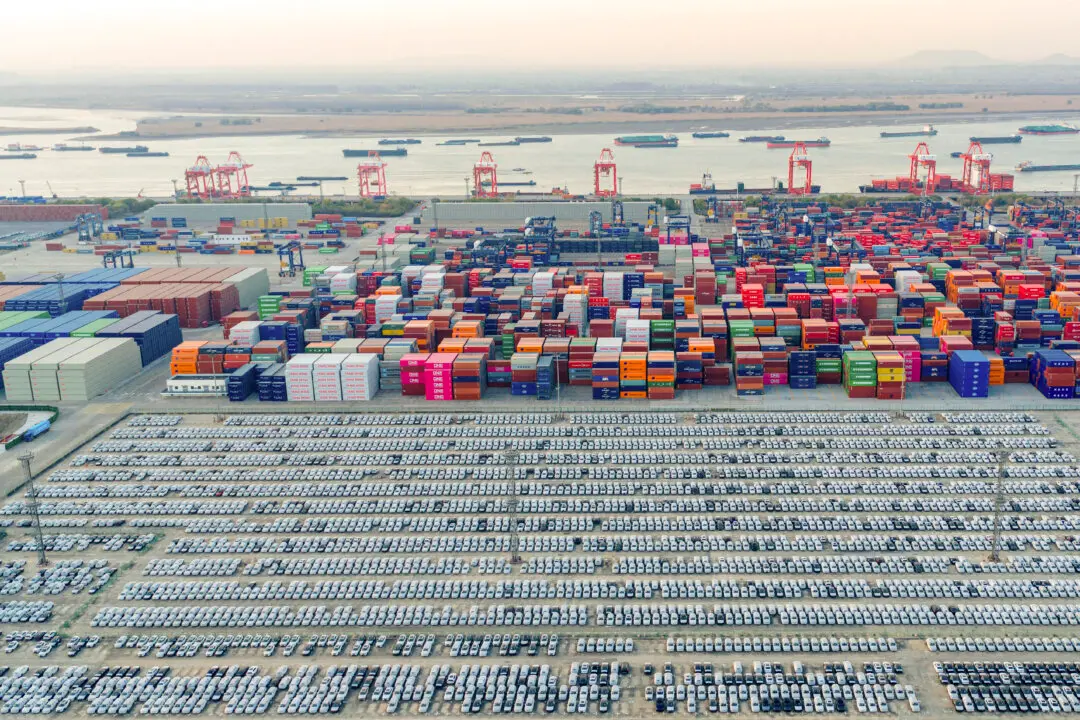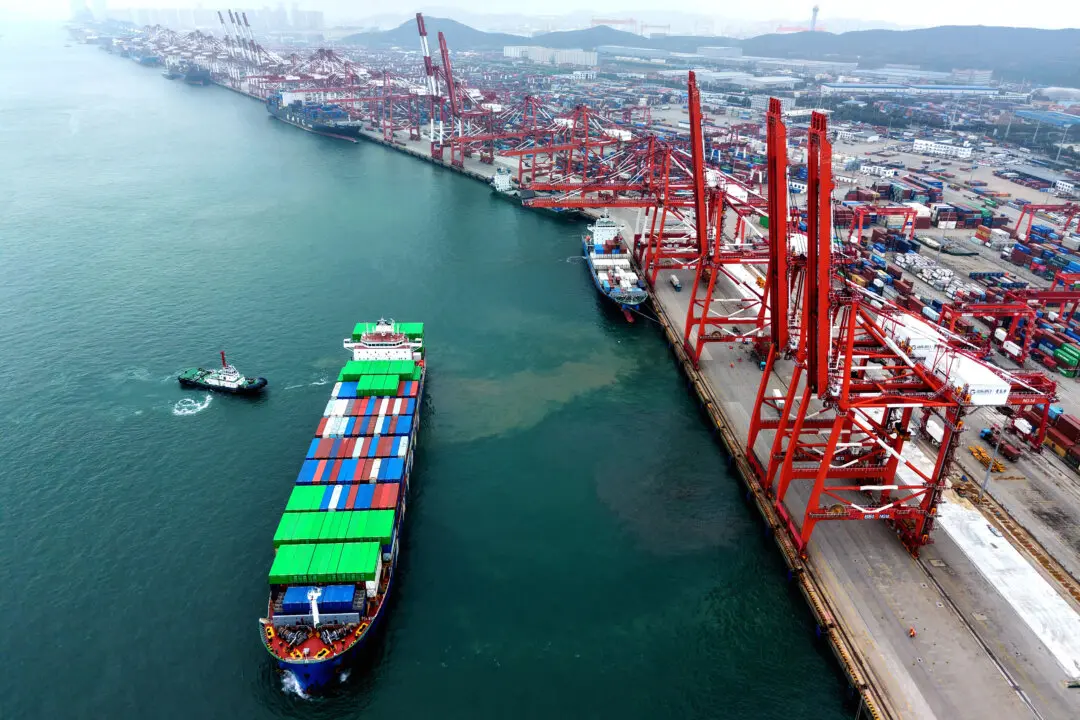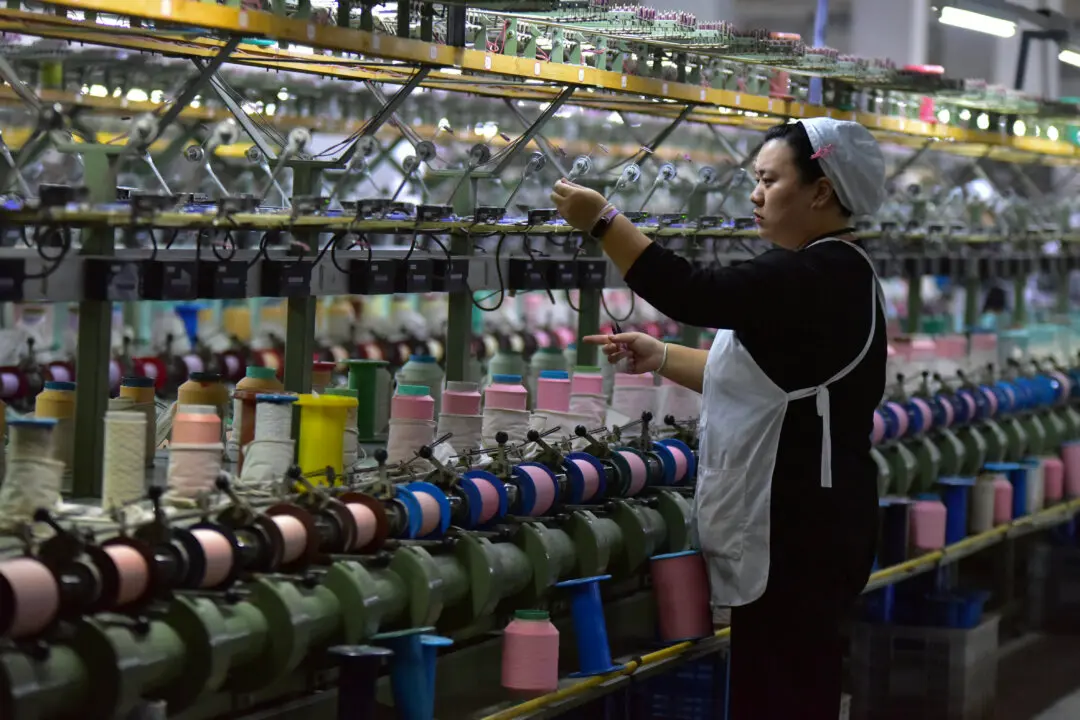Commentary
A recent Wall Street Journal article describes the Chinese regime as ready to “come out swinging” in response to the looming trade war Donald Trump has promised. However, a careful analysis of the facts on the ground suggests little in the way of such preparations.





